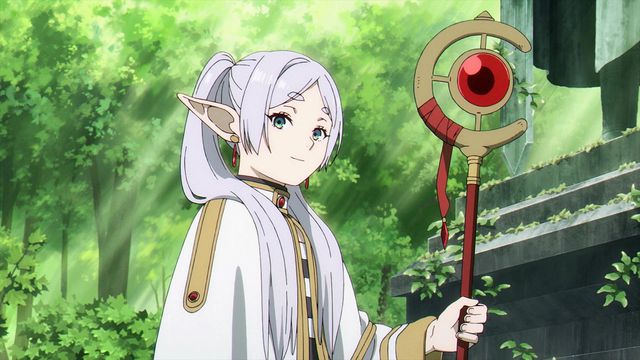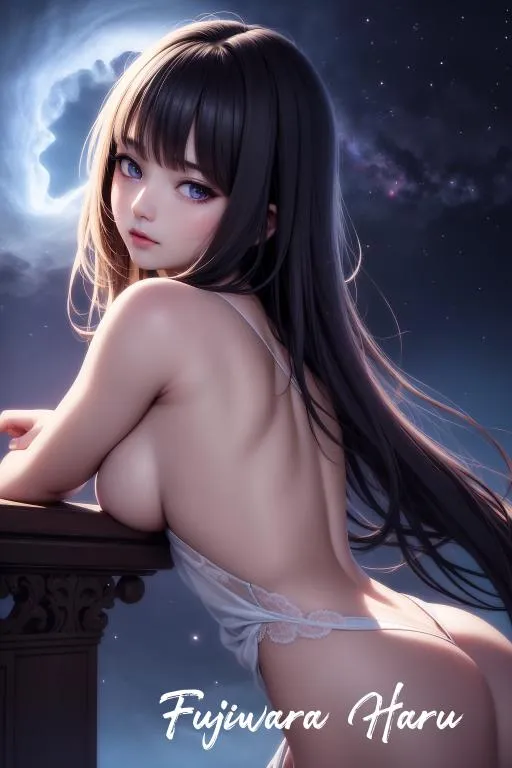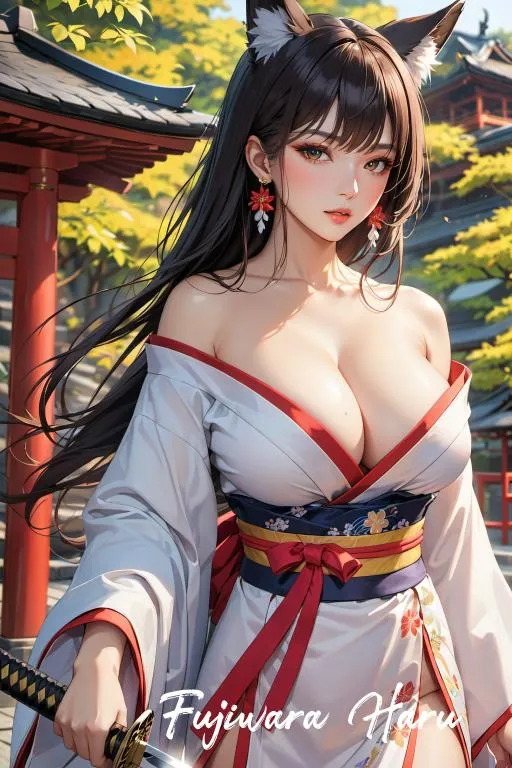Godzilla Minus One has officially proven that global audiences’ love of the cranky kaiju remains strong. Director Takashi Yamazaki’s period-piece take on the beloved, rampaging monster has grossed over $106 million worldwide, become the first Japanese-language film to earn an Academy Award nomination for Best Visual Effects, and dropped a one-week only engagement of the monochromatic version, Godzilla-1.0/C (Godzilla Minus One/Minus Color).
The most lauded entry in the Godzilla franchise since 2016’s Shin Godzilla, Godzilla Minus One’s universally positive reception made it possible for the U.S. to have a limited release of the black-and-white version before the film exited theaters on February 1.
All of the love means the last two months have been a whirlwind for Yamazaki, who wrote, directed, and was the VFX supervisor for Minus One. He’s been traveling the globe to promote the film, stopped in Los Angeles on January 13 to personally present the film’s VFX reel at the VFX Oscar bake-off (which clinched its VFX Oscar nomination), and is now proudly discussing the impetus for Godzilla-1.0/C. From his office in Japan, Yamazaki-san sat down with IGN again to explain the origin of the black-and-white version and address how they brought this Godzilla to life with 610 visual effects shots, made by a team of just 35 artists.
At what point in Minus One production did the idea of a monochromatic version first get discussed?
Takashi Yamazaki: I was actually doing this panel discussion with director [Hideaki] Anno who directed Shin Godzilla. In this panel, he had mentioned, very casually, that he wanted to do another screening of Shin Godzilla but in monochromatic black and white [Shin Gojira: Oruso]. And that's when the conversation led to “Well, maybe it would be great if there was a black and white version of Minus One?” Toho, of course, was involved at that point. But the timing of this was when we were in post production, so after everything. It wasn't before the [Minus One] was made.
Were you hoping to capture any particular look with the monochromatic grade?
Takashi Yamazaki: The colorist [Masahiro Ishiyam] who was tasked with making the Minus Color version actually was the same colorist who was doing Minus One. He is a very particular person, so when I gave the direction, “I want it to feel like it was shot on a Leica camera on film,” he would take one shot at a time and he would mask certain areas, adjust channels and modify nodes. It was a very time consuming process but I think the result is a very beautiful, Leica film-like experience.
And to add on to that a little bit, there is a Kurosawa film called Heaven and Hell where there is a scene where there is smoke, but just the smoke had this red color, even though it was a black-and-white film. At one point, I made the suggestion, “Maybe it could be all black-and-white, but just when Godzilla heats up, it turns blue?” The rest of the team vetoed that decision so it became all monochromatic. [Laughs]
Speaking of Godzilla’s blue plates, how did you compensate for the loss of color with some signature elements in the color version?
Takashi Yamazaki: Interestingly, we did a few test shots early on when we decided to do the Minus Color version. What we discovered in that process is, while we do lose some information by taking color away, there was a weird additive component. It was actually helping us see more of the actor's skin tones and the texture of some of their performances and expressions as a result of the nuance that — perhaps you could even argue — the color was distracting us from. In some ways, I would argue that Minus Color is more additive and contains as much, if not more, information than the color version.
Were there any budget or production barriers that necessitated you persuade Toho the value of a new black-and-white grade?
Takashi Yamazaki: I'm not too involved in the budget conversations. But having said that, my assumption or my conjecture is whatever budget Toho proposed, I'm pretty sure the colorist went above and beyond whatever that would have normally allowed us to do. Anytime he had a free moment between other projects, he would go right back to Minus Color and try to make the shots perfect. If there was anyone absorbing the cost, it was the colorist.
Once complete, was there a particular sequence in Minus Color that made you look at it differently, or changed your own perception?
Takashi Yamazaki: A scene that comes to mind is when Shikishima (Ryunosuke Kamiki) first comes back to his home and it's kind of burnt with all this rubble. The environment is razed. I think that scene had a lot of textures that the color version perhaps didn't necessarily convey to the audience. Also the island scene at night when Godzilla first shows up. I've never had an experience where I'm actually shaking, looking at my own footage. It was terrifying in a way seeing Godzilla at night. So nighttime scenes, I think, have a really big impact. And the ocean, as well. Our colorist took the direction of making it very, very dark...very black, if you will. It's almost this unknown creature surfacing from the ocean, chasing these people. It was a scary scene when it all came together.
Who were the first people you showed Minus Color to upon completion?
Takashi Yamazaki: We screened it in-house mainly for our team members, whether they were directly involved or not. I think Toho was a little bit strict on the screening policy. Once we screened it internally, it went straight to theatrical.
The reception for your presentation at the VFX bake-off was incredible. It’s now the talk of the industry that you and your team put together 610 shots with just 35 artists. What was your timeline to do that?
Takashi Yamazaki: I can confirm, yes, we had 35 people working on the project. But usually on our films, I get 20. So it actually felt like a luxury and an extravagance having 35 people. Oh, my goodness. [Laughs]
We were working for, I want to say, about eight months, times 35 people, which is how we completed it. To that point, there weren't too many late nights. Everyone had their weekends, so it wasn't like a crazy labor situation for the people. Rather, I would say it was the computers that had a lot of the burden. Because a lot of the water simulations and calculations that we had to run to get the image just right, the computers had a lot of late nights, I would say. The scene where the city gets destroyed, it was a lot of calculating to do.
The quality of what you produced with such a small crew is remarkable. Is there some wisdom you can share about how you were able to pull that off that maybe Hollywood could take to heart?
Takashi Yamazaki: First, I want to say that what I don't want to do is give studios and producers the idea that "Hey, you can do it cheaper, with less people!" I don't want the VFX industry to go on this weird tangent. But what I do think is a good discovery throughout this process is what we've learned about the approval process and the feedback cycles. In our case, because I was right there the whole time, on site, on the same floor, I could just go to someone's monitor, approve things, give them direction, and get another feedback loop in the time that perhaps people have to send dailies or wait for notes to show up. We were able to eliminate certain inefficiencies that I truly believe are inefficient. But I don't want this to be misconstrued as "we can do more with less" because that was not the case. Our situation was unique, given how I was situated in the larger scheme of the overall production. And the fact that I had a clear goal, more perhaps than other directors, because of my VFX background. There are good inefficiencies and bad inefficiencies. We focused on the approval process in different ways to streamline certain aspects of the VFX pipeline.







